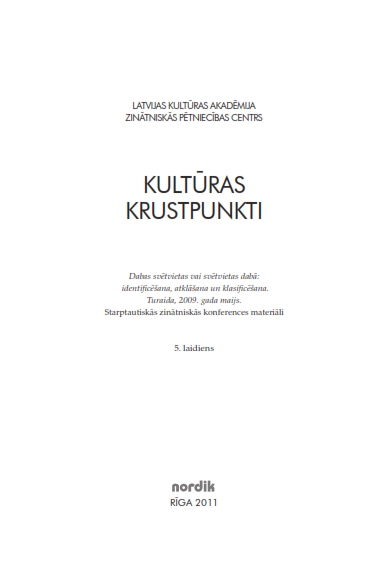Giant, Devil or Death? The Finnish Koljo in Mythology, Toponyms, Folklore and Archaeology
Giant, Devil or Death? The Finnish Koljo in Mythology, Toponyms, Folklore and Archaeology
Author(s): Juha RuohonenSubject(s): Archaeology, Cultural history, Customs / Folklore, Ethnohistory, Middle Ages, Lexis, Semantics, Historical Linguistics, Cultural Anthropology / Ethnology
Published by: Latvijas Kultūras akadēmija
Keywords: mythology; toponyms; folklore; archaeology; giant; Koljo; tradition;
Summary/Abstract: In the classic work Mythologia Fennica, published in 1789, the author Christfrid Ganander (1742–1790) tells a story based on oral tradition about two giants called Koljo and Kiljo, living in Rantsila in Osthrobothnia. When engaged in fighting, they hurled large stones at each other, and now the stones are found in the River Siikajoki, half a kilometre away, known later as Koljonkivi (gen. + kivi ‘stone’) and Kiljon - kivi. The still waters between the rocks have been called Koljonsuvanto, and in the vicinity there are also other places named after the same tradition (Ganander, 1789, 42). Even today, on the west bank of the River Siikajoki there stands a farmhouse called Koljo, while Kiljo’s farm stands on the east bank. [...]
Journal: Culture Crossroads
- Issue Year: 5/2011
- Issue No: 1
- Page Range: 101-115
- Page Count: 15
- Language: English

